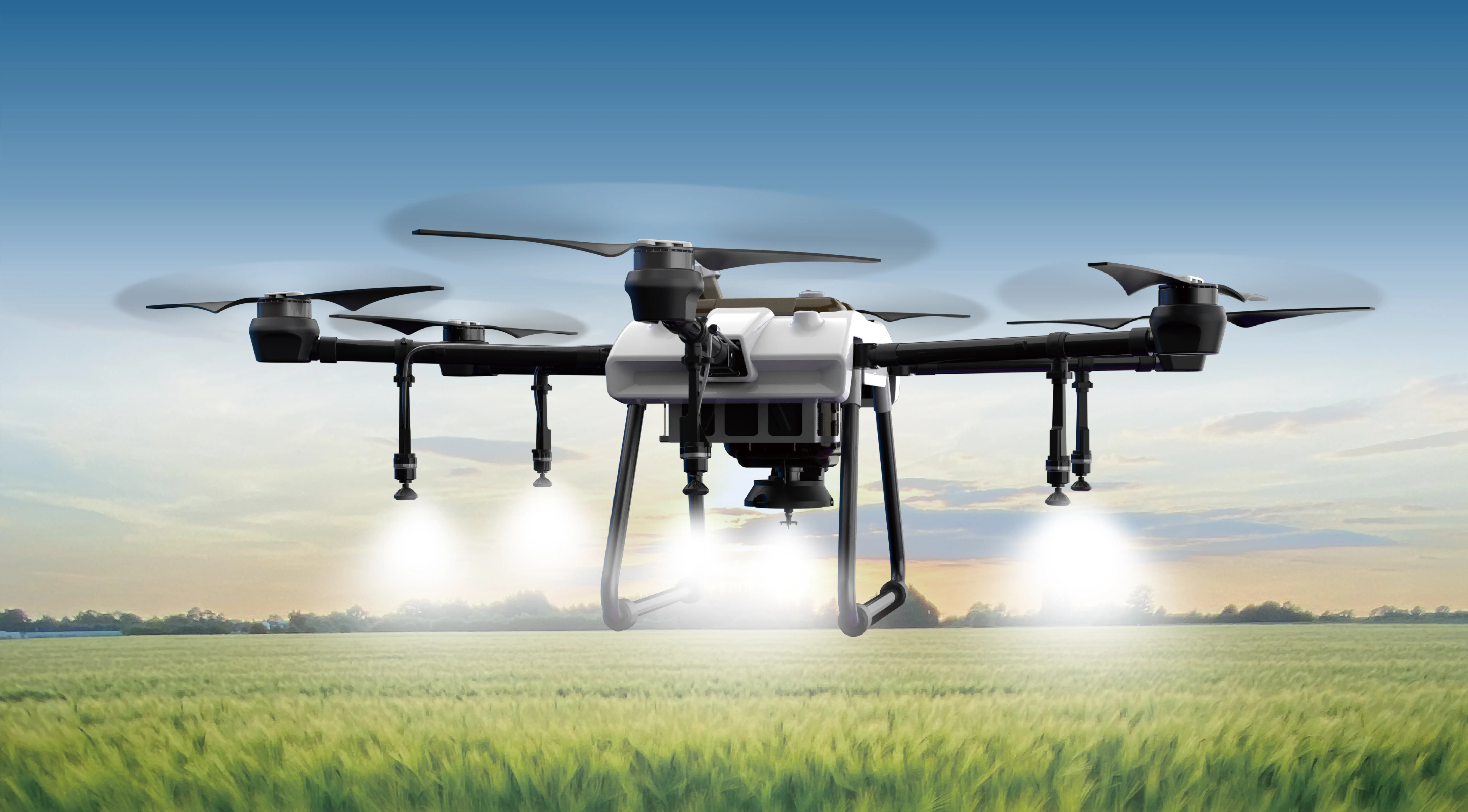part 1:
Welcome to the World of Arduino and Servo Motors
Imagine a tiny computer that can breathe life into mechanical parts, guiding them with precise movements—welcome to the world of Arduino! Among its many talents, controlling servo motors stands out as one of the most delightful and accessible ways to bring projects to life. Whether you’re dreaming of a robotic arm, a moving camera, or a custom automation gadget, mastering servo control with Arduino Uno opens a realm of possibilities.

But first, let’s anchor ourselves in understanding what a servo motor actually is. Think of a servo as a specialized motor with built-in control circuitry, allowing it to rotate precisely to any position within its range. Unlike simple motors that spin continuously, servos are like intelligent little friends that listen to your commands and move exactly where you want them to.
Why Use Arduino Uno for Controlling Servo Motors?
Arduino Uno is a friendly, open-source microcontroller that has charmed millions with its straightforward programming environment and versatility. It’s the perfect companion for beginners dipping their toes into electronics, but it also packs enough punch for complex projects.
Controlling a servo motor with Arduino Uno is straightforward because most servos operate on a simple pulse-width modulation (PWM) signal. Unlike the broad control signals needed for other motor types, servos listen to precisely timed signals, making code integration with Arduino remarkably simple.
The Heart of the Operation: Hardware Setup
Before diving into code, let’s visualize the basic hardware setup:
Arduino Uno Board: The brain of your project. Servo Motor: Usually a small, metal-gear servo with three wires—power, ground, and control. Power Supply: Many servos can run directly off the Arduino’s 5V pin, but for larger servos, an external power supply is recommended to prevent voltage drops. Connecting Wires: Connecting the servo’s power and ground to the Arduino or the external supply, and the control wire to a digital PWM pin (often pin 9 or 10).
Here’s a simple schematic:
Servo Signal Pin → Arduino Digital Pin (e.g., pin 9) Servo Power (Red) → 5V (or external power supply) Servo Ground (Black/White) → GND
Once the hardware is ready, it’s time to breathe life into your project with some code.
Crafting Your First Servo Control Program
The easiest way to control a servo is through the Arduino IDE using the built-in library called Servo.h. This library abstracts the complicated pulse calculations, letting you focus on creative control.
Here’s a quick example to make your servo sweep back and forth:
#include Servo myServo; // Create a servo object void setup() { myServo.attach(9); // Attach the servo to pin 9 } void loop() { for (int pos = 0; pos <= 180; pos += 1) { // Move from 0 to 180 degrees myServo.write(pos); // tell servo to go to position in variable 'pos' delay(15); // waits 15ms for the servo to reach the position } for (int pos = 180; pos >= 0; pos -= 1) { // Move back from 180 to 0 degrees myServo.write(pos); delay(15); } }
This beginner code is just the starting point. It smoothly moves the servo from 0 to 180 degrees and back, creating a continuous sweeping motion. Such simple sketches are powerful tools for understanding how to communicate with your hardware.
Why This Simplicity Matters
This basic example demonstrates core concepts: attaching the servo, writing position commands, and creating smooth movement through incremental steps. Learning to tweak the delay value or range of motion can lead you to more complex behaviors, like responsive sensors or interactive controls.
Troubleshooting and Tips
Power Concerns: Servos can draw more current than the Arduino can supply, especially under load. If your servo stutters or resets, consider using a dedicated power source. Code Tweaks: Adjust the delay to speed up or slow down movements. Smaller delays mean quicker reactions but can cause jitter if too small. Range Limitations: Not all servos rotate a full 180 degrees. Check your servo’s specifications to avoid damage or unexpected behavior.
This foundational knowledge sets you up for more advanced projects—think coordinated movements, sensor integration, or even remote control.
That’s a detailed look at the beginning of using Arduino Uno for servo motors. Stay tuned for the next part, where we’ll explore more complex sketches, real-world applications, and troubleshooting tricks that will elevate your DIY projects to astonishing heights.
Established in 2005, Kpower has been dedicated to a professional compact motion unit manufacturer, headquartered in Dongguan, Guangdong Province, China.




































